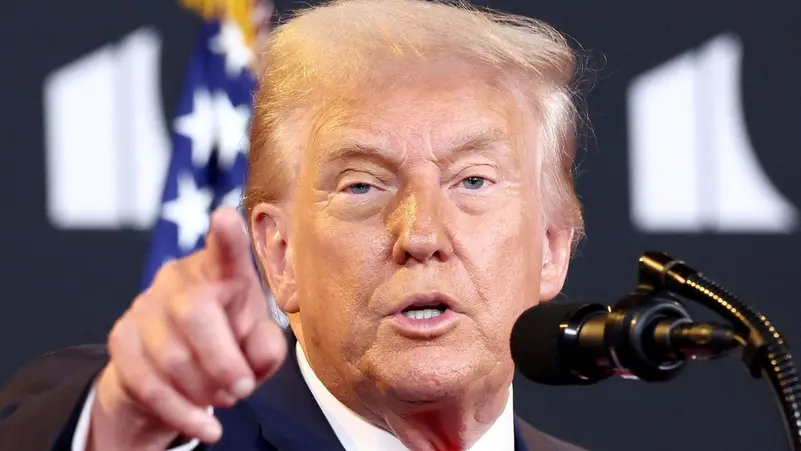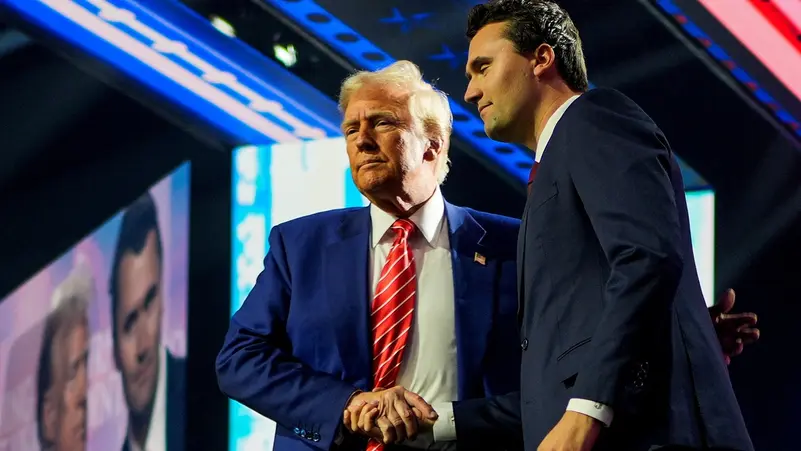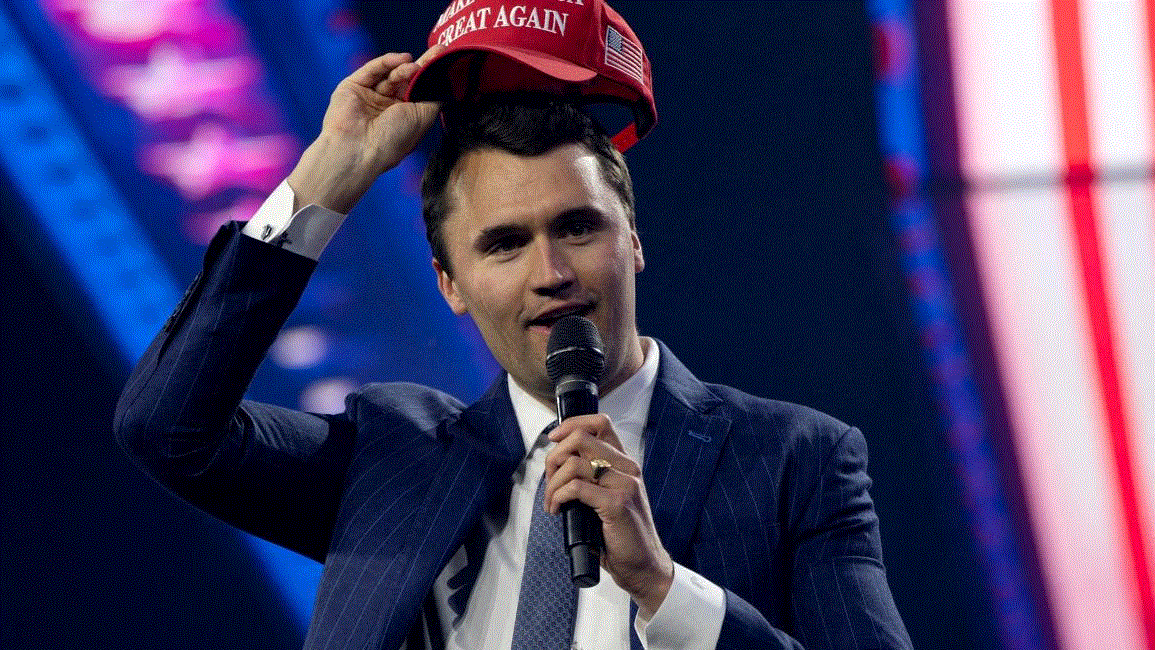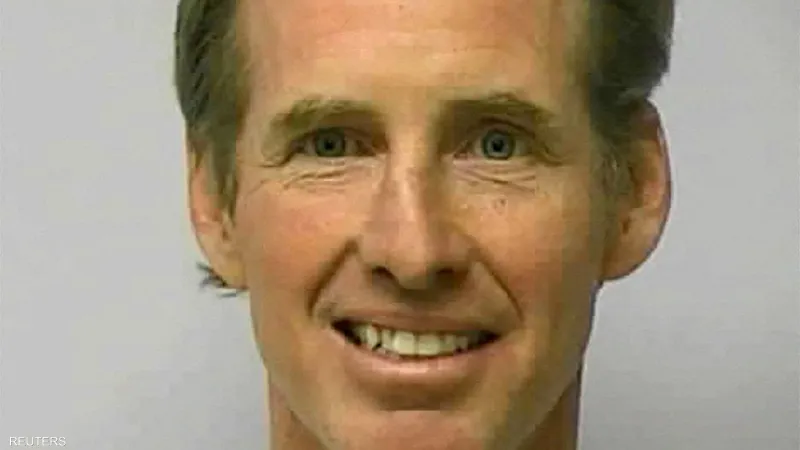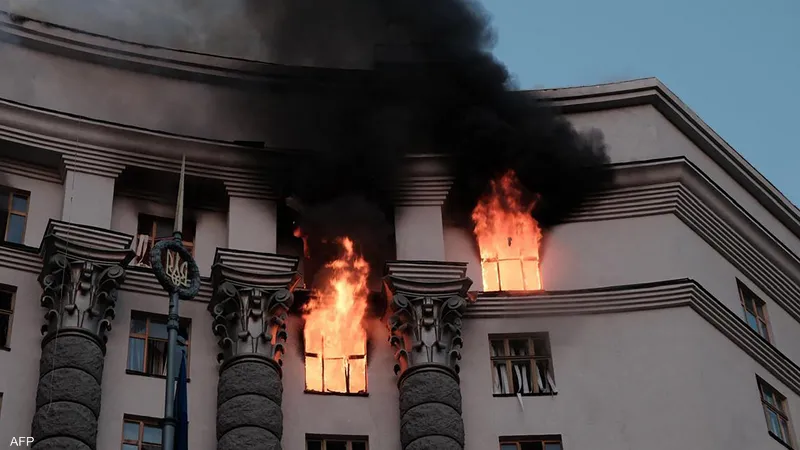Millions Rally Across the U.S. and Beyond: Rejecting Trump’s ‘Crown’ and Demanding Democratic Reform
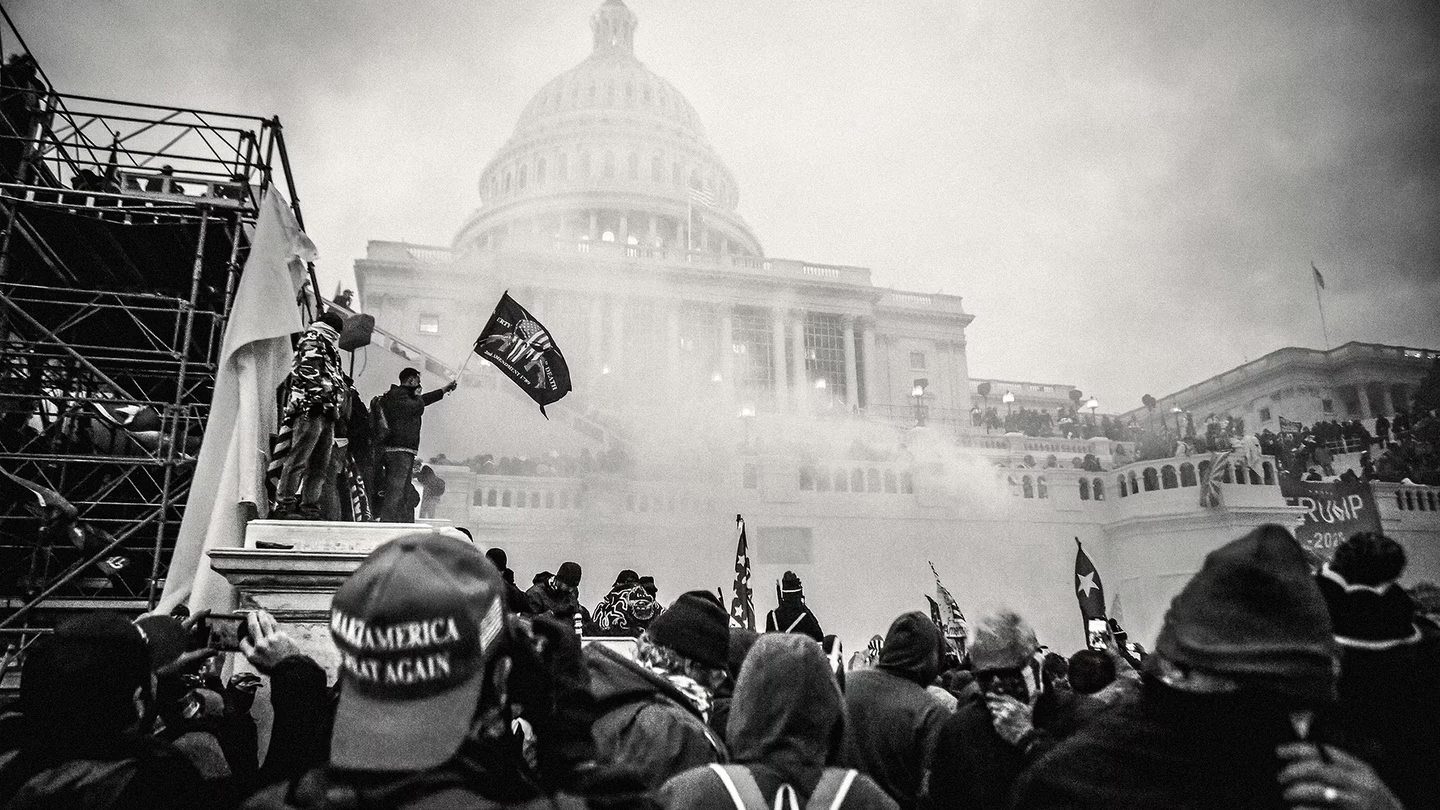
In a political season already charged with tension, millions of Americans—and supporters around the world—have taken to the streets under a single rallying cry: “No More Kings.” The protests erupted after a series of statements and policy moves by former President Trump, which critics say reveal an attempt to cement unchecked power and undermine democratic institutions. From city squares in New York to rallies in Berlin and London, the movement has quickly grown into one of the largest coordinated demonstrations since the Trump presidency began.
What sparked this outpouring of anger? And why does the chant “No More Kings” resonate so deeply with people far beyond U.S. borders?
The Spark That Lit the Fire
The immediate catalyst came when Trump, during a televised rally, used the phrase “America needs a strong hand for a new era,” while openly criticizing term limits and praising “leaders who don’t answer to anyone.” Critics and constitutional scholars quickly condemned the remarks as authoritarian in tone.
Shortly after, his campaign announced proposals to:
-
Reduce oversight of presidential actions.
-
Expand executive powers over federal agencies.
-
Reshape the judiciary with loyalist judges.
While supporters framed it as an effort to “restore efficiency,” millions viewed it as a direct challenge to democratic checks and balances.
“No More Kings”: A Protest Slogan with History
The slogan itself comes from American Revolutionary history, famously used by colonists rejecting the rule of King George III. Protesters revived it to signal that no single leader—no matter how popular—should place themselves above the law.
Signs and banners echo the phrase, while hashtags like #NoMoreKings and #DefendDemocracy trended globally, helping the movement reach audiences far beyond American voters.
Protesters Demand Concrete Changes
Unlike purely symbolic protests, organizers and participants have articulated clear demands:
-
Protection of Term Limits: Enshrining them further to prevent attempts to extend presidential power.
-
Judicial Independence: Blocking politically motivated judicial appointments.
-
Transparency Laws: Strengthening laws requiring presidents to disclose financial interests and potential conflicts.
-
Voting Rights Protections: Expanding access and preventing voter suppression.
Many see these measures as necessary guardrails for democracy, regardless of who occupies the White House.
From America to the World: A Global Response
In London, thousands gathered near Parliament waving signs that read, “Democracy Dies When We Look Away.” In Berlin and Paris, protests featured American expatriates and local human rights groups.
The protests in Latin America and parts of Asia also included calls to stand up to rising authoritarianism in their own countries, inspired by the American movement.
This global dimension shows that concerns over democratic backsliding resonate across cultures and continents.
Trump’s Reaction—and Political Fallout
Trump dismissed the protests as “fake outrage” and “media-driven hysteria.” Yet, privately, sources report that campaign strategists worry about losing independent voters and moderate Republicans who see his recent rhetoric as a step too far.
Some GOP lawmakers expressed unease, warning that openly defying term limits and judicial norms could backfire electorally. Others, aligned closely with Trump, dismissed the protests entirely.
Meanwhile, Democratic leaders seized on the unrest to call for urgent legislation to protect democracy.
Voices from the Streets
What truly fuels these protests isn’t just policy—it’s fear for the future. Protesters across America shared powerful statements:
“My grandfather fought fascism in Europe. I can’t sit quietly while someone at home undermines what he defended.” – Protester in Boston.
“I came to America believing in freedom. Today, I feel that freedom slipping away.” – Immigrant activist in Los Angeles.
These voices, amplified online and in media, add depth and urgency to the movement.
Media, Social Networks, and Momentum
Social media played a central role. Viral videos of massive crowds, speeches from survivors of authoritarian regimes, and real-time protest coverage fueled public interest.
Within days, the number of planned protests doubled, turning local rallies into a national—and international—wave.
Analysts say this rapid scaling wouldn’t have been possible in earlier political eras.
What Happens Next?
Key questions remain:
-
Will Congress act to reinforce democratic safeguards?
-
Can Trump’s campaign pivot or soften its tone to win back centrists?
-
Will protests grow or fade as election season progresses?
Historians note that while mass protests alone don’t always change policy, they often change the political conversation—and the public’s sense of what is acceptable.
The Deeper Issue: American Democracy on Trial
At its heart, this isn’t just about one man. Protesters see the stakes as existential:
-
Can democratic institutions withstand open challenges from popular leaders?
-
Will voters choose stability over strongman politics?
-
Can lessons from the past prevent history from repeating?
For many, this moment is a test of whether the American experiment—government by the people—can endure pressure from within.
Conclusion
Millions marching under the banner “No More Kings” send a clear message: democracy must not be taken for granted. Whether these protests spark real legislative change or remain symbolic, they highlight an unmistakable truth: the desire for accountable leadership transcends borders, parties, and generations.
Tags: #TrumpProtests #NoMoreKings #DefendDemocracy #USPolitics #GlobalProtests
